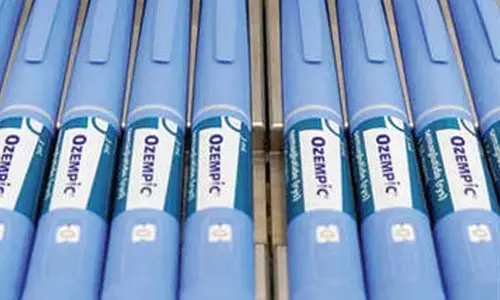NASA's InSight sends back first selfie on Mars

Barely two weeks after touching down on Mars, NASAs InSight lander has taken its first selfie using the spacecrafts robotic arm, the US space agency has said
Washington: Barely two weeks after touching down on Mars, NASA's InSight lander has taken its first selfie using the spacecraft's robotic arm, the US space agency has said.
InSight landed safely at Elysium Planitia on Mars on November 26, kicking off a two-year mission to explore the deep interior of the Red Planet.
On December 6, the InSight lander used a camera on its robotic arm to take its first selfie -- a mosaic made up of 11 images. The image includes the lander's solar panel and its entire deck, including its science instruments, weather sensor booms and UHF antenna, NASA said in a statement on Wednesday.
In addition, InSight sent another set of mosaic composed of 52 individual photos.
It showcases the first complete look of "workspace" -- the approximately 14-by-7-foot (4-by-2-metre) crescent of terrain directly in front of the spacecraft --, where the spacecraft's instruments such as seismometer (called the Seismic Experiment for Interior Structure, or SEIS) and heat-flow probe (known as the Heat Flow and Physical Properties Package, or HP3) can be placed.
"The near-absence of rocks, hills and holes means it'll be extremely safe for our instruments," said InSight's principal investigator Bruce Banerdt of NASA's Jet Propulsion Laboratory in California.
"This might seem like a pretty plain piece of ground if it weren't on Mars, but we're glad to see that," Banerdt added.
InSight's landing team deliberately chose a landing region in Elysium Planitia that is relatively free of rocks.
The spacecraft sits in what appears to be a nearly rock-free "hollow" -- a depression created by a meteor impact that later filled with sand.




















